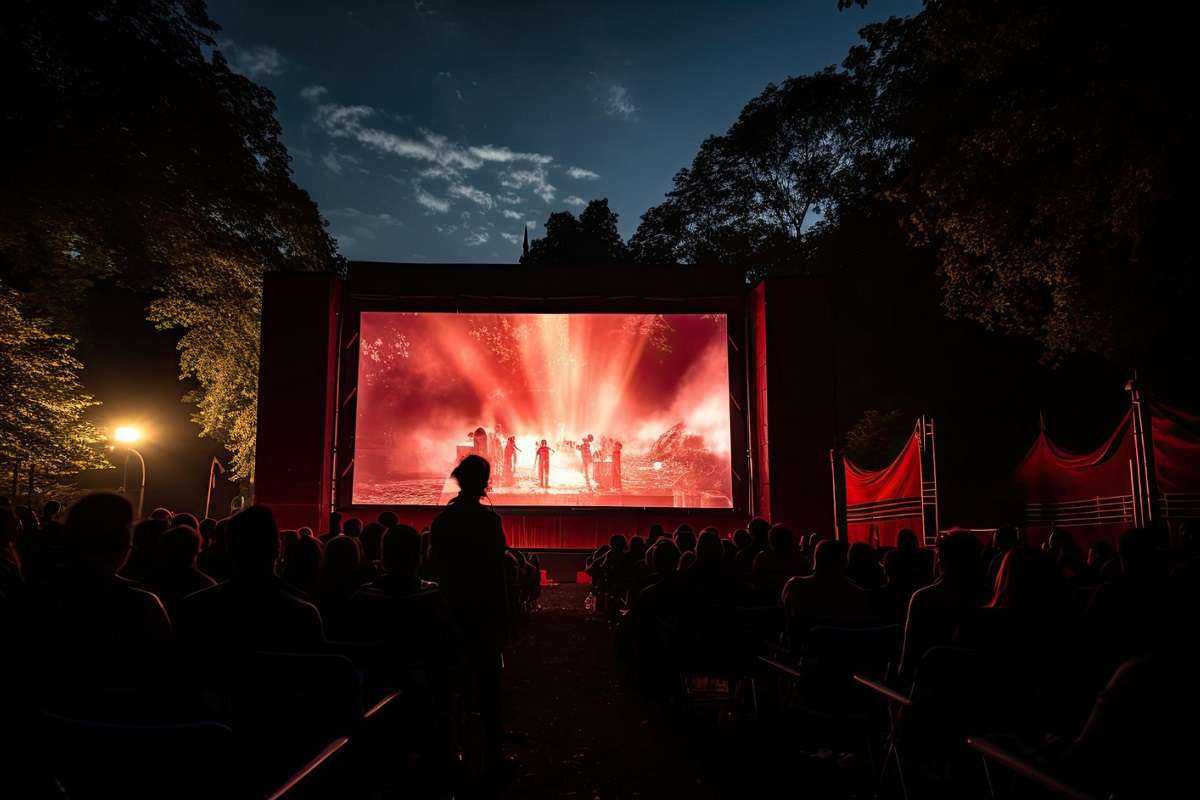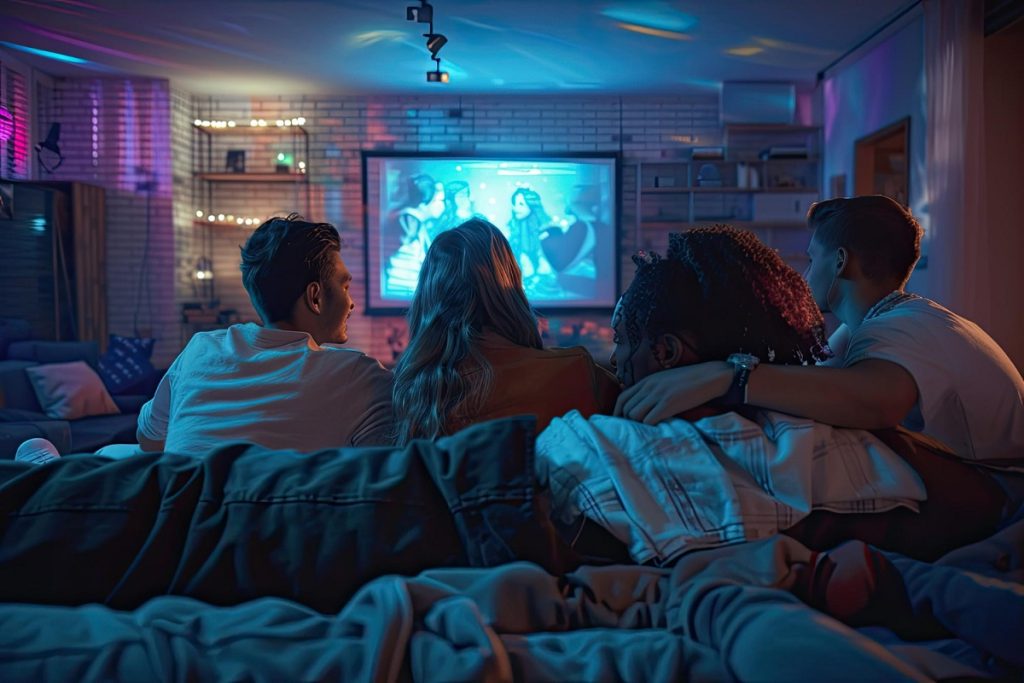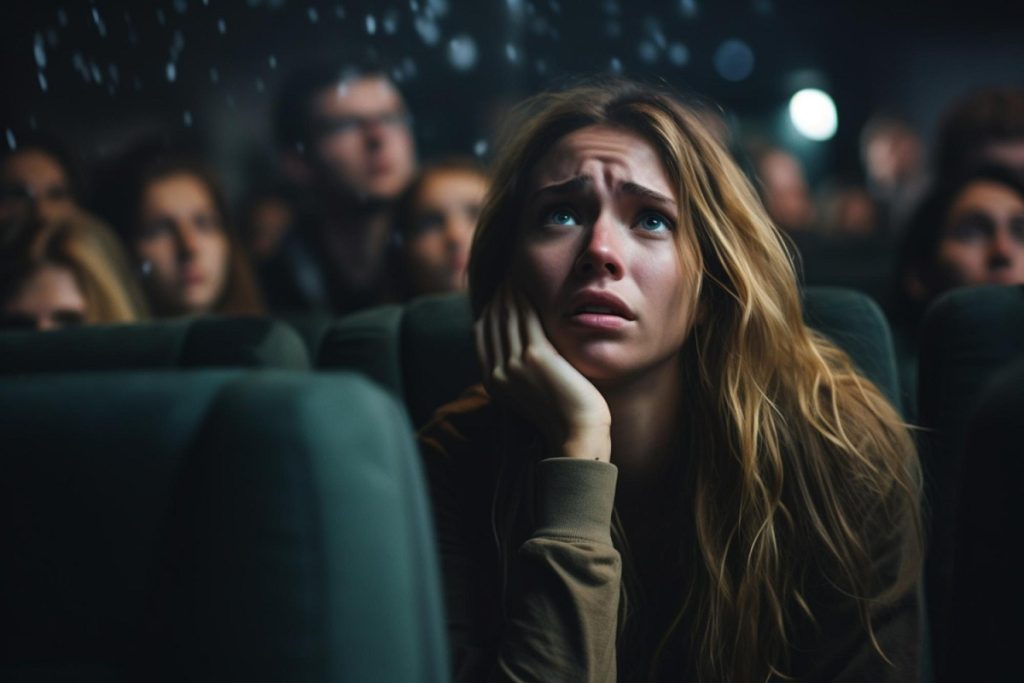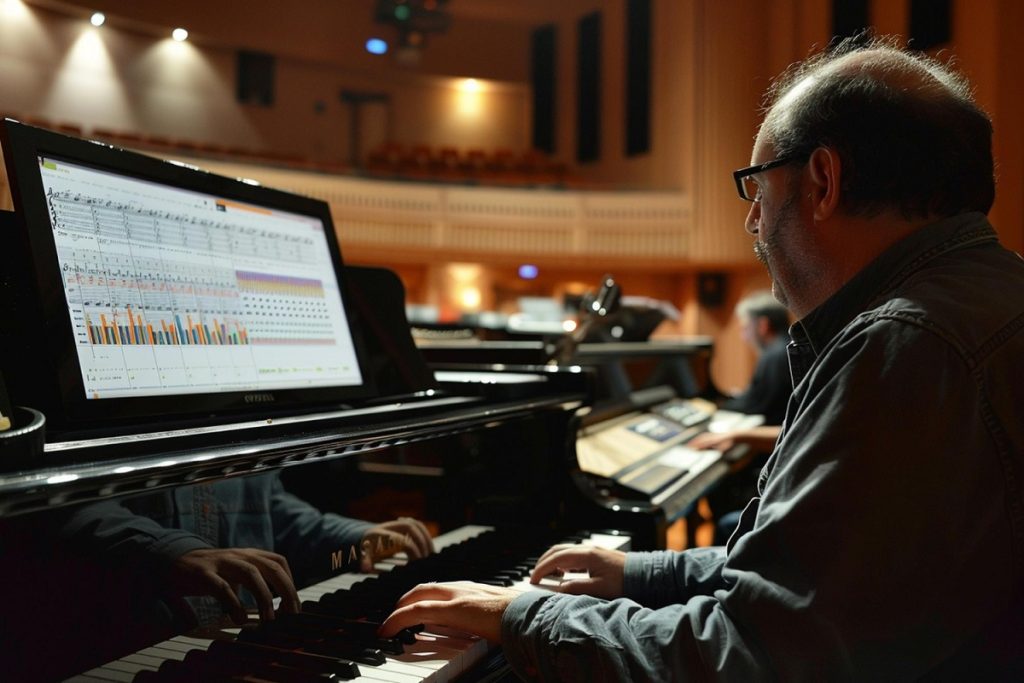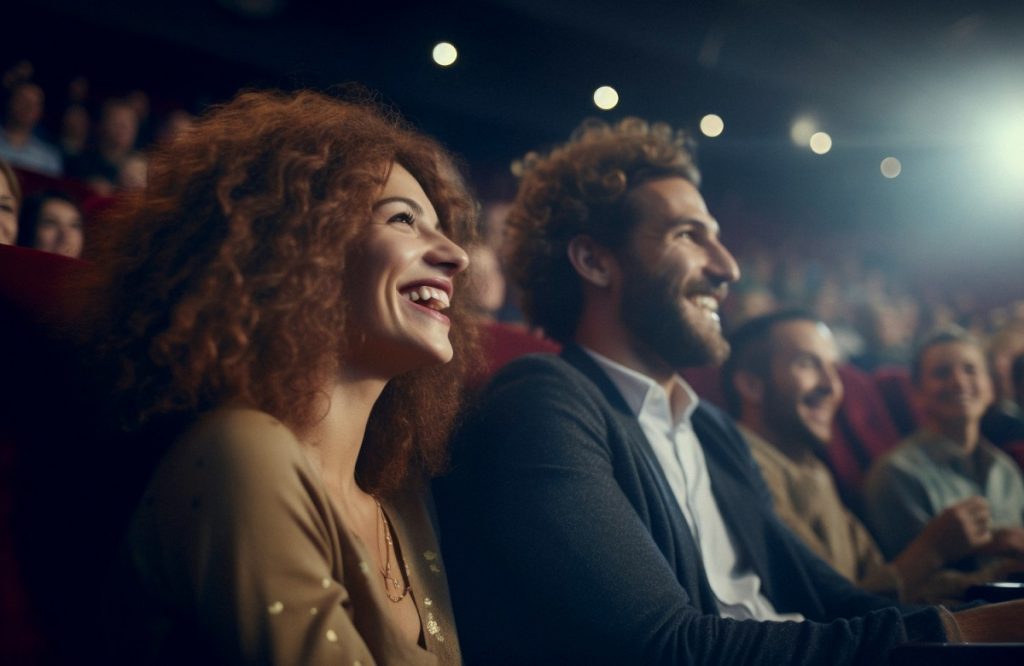Music is not just an undercurrent in films; it is a vital narrative force. The scores and soundtracks of movies, TV shows, or video games deepen the emotional resonance, enhance the narrative progression, and amplify the atmospheric intensity.
When skillfully composed and integrated, music morphs from a background element to a potent storytelling device. It transforms scenes with its ability to evoke emotions and underscore dramatic developments.
Emotional resonance and narrative support
Consider John Williams’ iconic scores for the ‘Star Wars’ saga, which not only accentuate the epic nature of the narrative but also help articulate the evolution of key characters.
From the ominous chords of Darth Vader’s theme to the heroic, uplifting melody associated with Luke Skywalker, Williams’ music crucially shapes the viewer’s emotional journey.
Similarly, Hans Zimmer’s compositions for ‘Inception’ manipulate time and tension, using a blend of electronic music and traditional orchestration to echo the film’s themes of dream manipulation and existential angst.
The renaissance of live-to-projection concerts
Live-to-projection concerts, where audiences experience films with live orchestral performances of their scores, are not just events; they are immersive experiences that breathe new life into beloved classics and modern masterpieces.
By stripping away the recorded tracks and replacing them with live musicians in the concert hall, these performances offer a fresh and visceral perspective on familiar scenes.
A synergy of visual art and live music
The magic of a live-to-projection concert lies in its synchronization of audio and visual elements, achieving a harmony that recorded scores can seldom replicate.
This format allows composers and musicians to experiment with timing, dynamics, and expression, thus enhancing the overall sensory experience.
For instance, seeing ‘Harry Potter and the Sorcerer’s Stone’ with John Williams’ score performed live can recapture the wonder and enchantment of first discovering the wizarding world, creating a powerful communal event.
Why live-to-projection concerts are a cultural phenomenon
The resurgence interest in these performances speaks volumes about their cultural and historical significance. Such events do more than just entertain; they educate and remind us of the timeless nature of film music.
They introduce new generations to orchestral music, often inspiring young attendees to explore classical music or even to take up musical instruments.
Anecdotes and unique insights
Notable moments often arise in these performances, such as the spontaneous applause during the ‘Ride of the Rohirrim’ scene at a live showing of ‘The Lord of the Rings: The Return of the King’, highlighting the powerful link between music and memory.
Audience members report a renewed appreciation for Howard Shore’s intricate compositions, acknowledging how integral his music is to the entire trilogy.
Looking towards the future
As the popularity of live-to-projection concerts continues to grow, so too does the sophistication of the performances. Technological advancements allow for more complex and rewarding interactions between the film and the orchestra.
The future might bring more interactive elements, where audiences could choose different musical arrangements or experience alternate score interpretations live.
In conclusion, the future of watching films with live orchestras looks promising, vibrant, and full of potential. This format not only reinvigorates the way we experience classic films but also reaffirms the indispensable role of music within cinematic storytelling.
It stands as a testament to the enduring allure of orchestral music, bridging past and future through the timeless medium of film.

